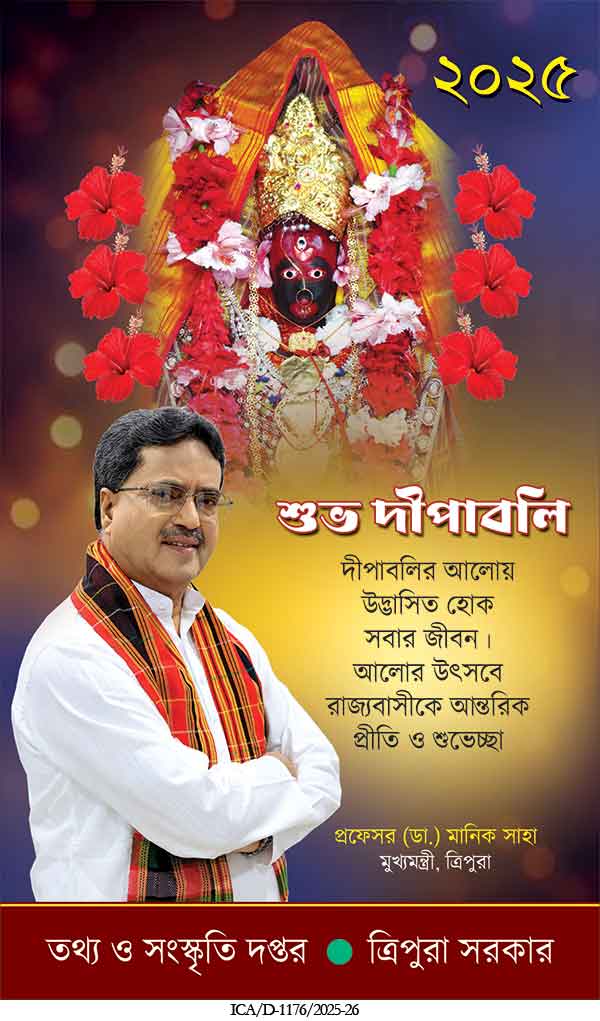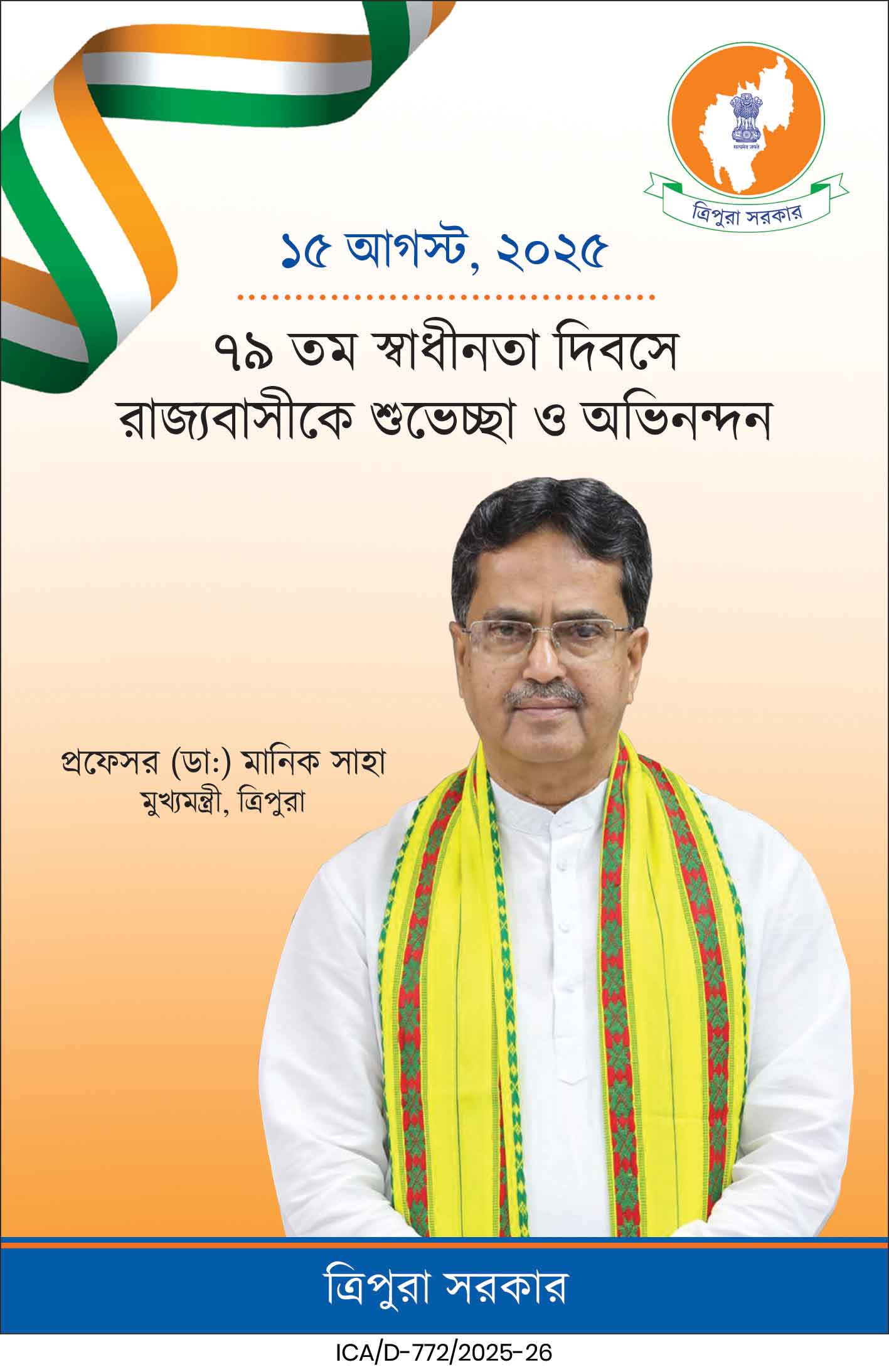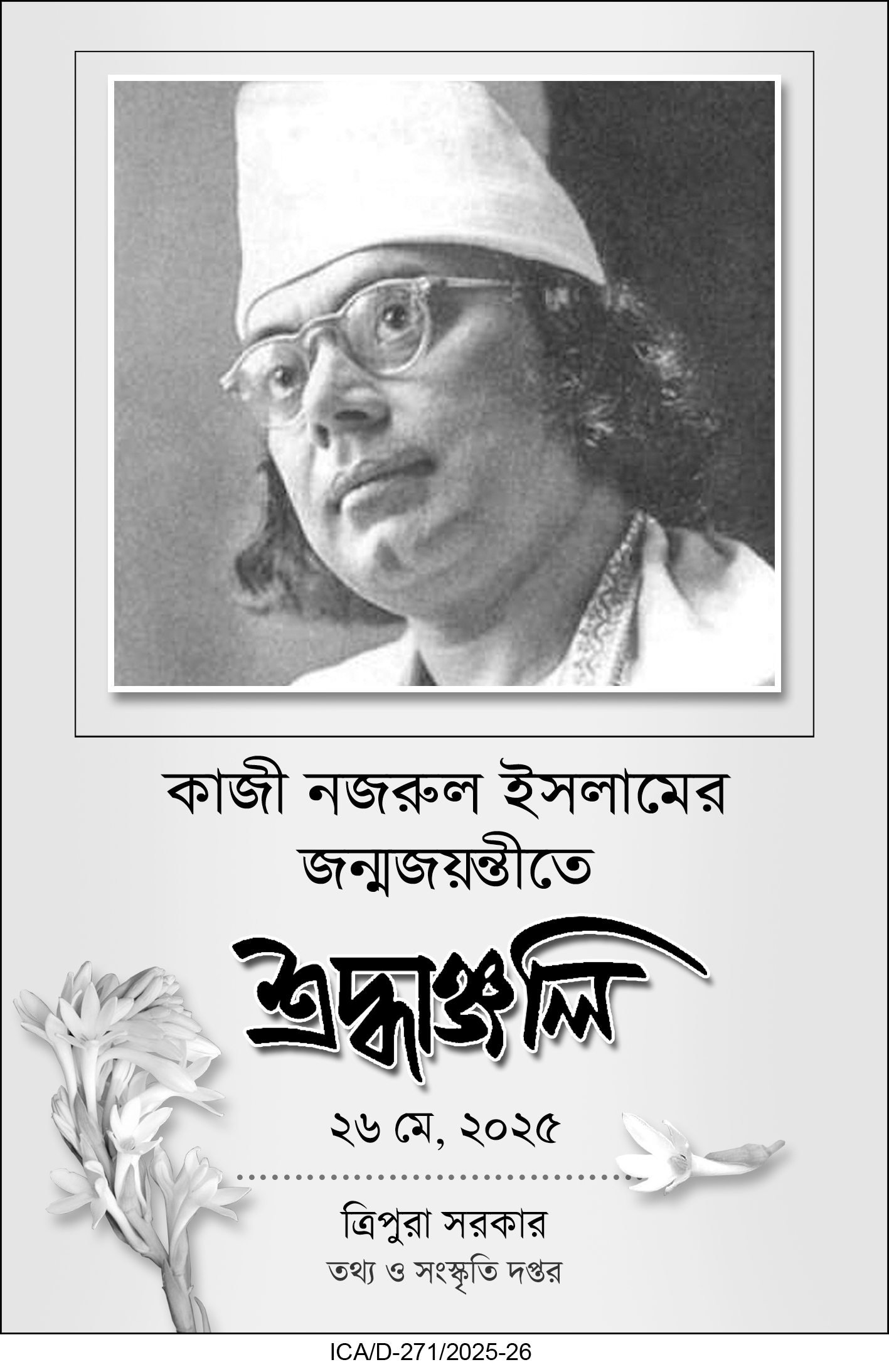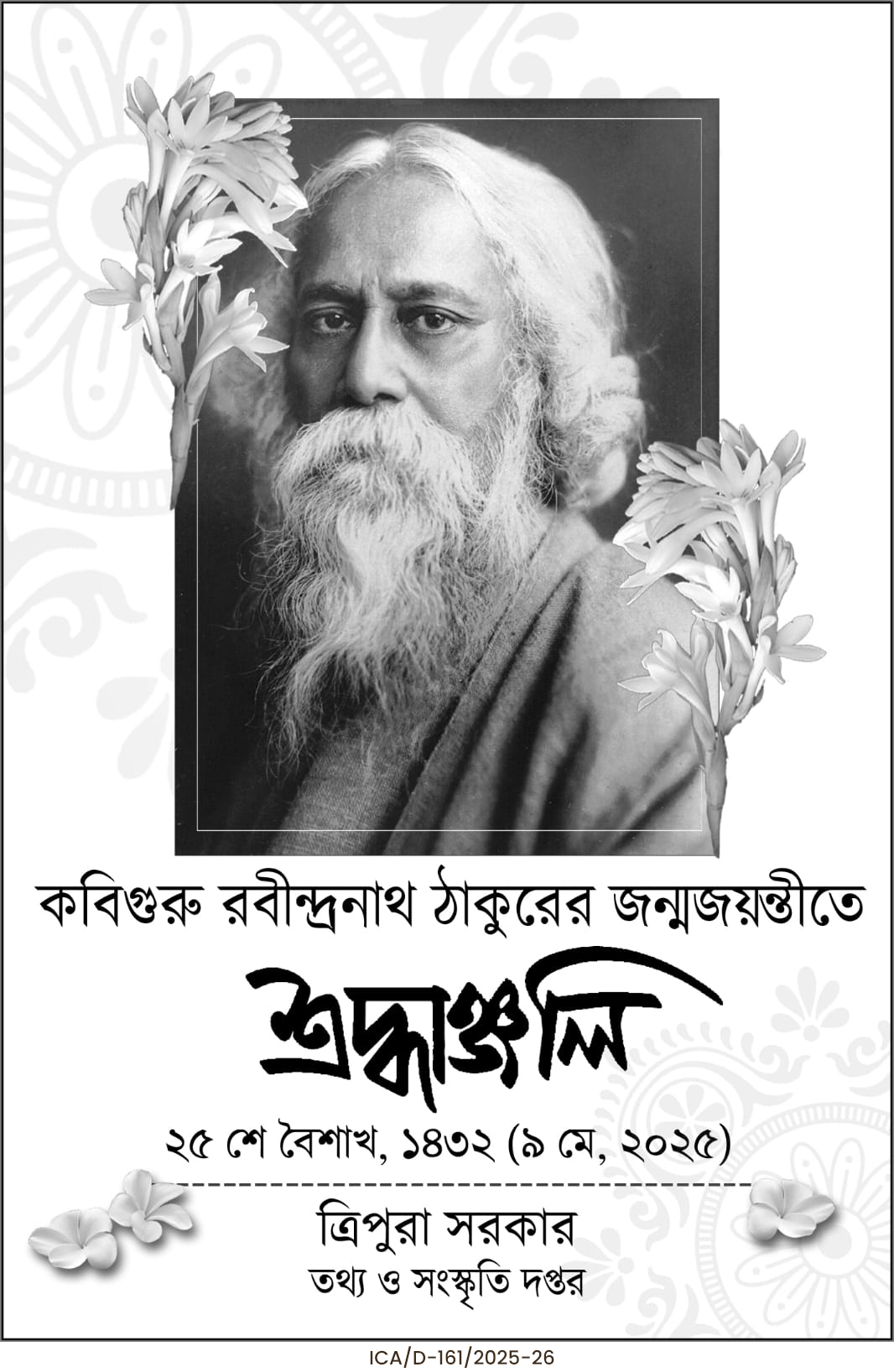
As it is Hangrai and Makarsankranti today though I am a little late ( it’s almost midnight that is when I get an opportunity to write) yet I felt that I should write something on it. These views are my very personal and have nothing to do nor are they related to any organisation political or otherwise with that I am involved. This is in fact an edited excerpt from my unpublished book “Master of Time”.
Much blood from revolts and conquests had indeed been washed away by the River Gumti. Its waters had stood as a silent spectator to the trial and tribulations of this kingdom. This sacred river was formed by the meeting of two rivulets Raima and Sarma that rose in the hill ranges of Longtrai and Atharamura. After meeting they happily joined together through gorges and formed a large round pool at a place called Dumbur, which was also known as Tirthamukh. Dumbur was once speckled with islets of coconut groves and bamboo thickets.
A large number of pilgrims from all over the state came to bathe in its holy waters sometime in January- Makarsankranti. According to a folk poem prevalent among the Tripuris the fish called Makar, which was the vehicle of the goddess Ganga swam through this river. Every Hindu god or goddess had an animal as a mode of their transport; Siva moved around on Nandi; the bull, Narayan flew on the mythical bird Gadur, while the elephant headed Ganesh sat on a mouse. Similarly, for Ganga (River Goddess) it was Makar the mythical fish with a trunk of an elephant that served as her vehicle. Incidentally, Makar was also one of the signs of the zodiac according to Hindu astrology. Since a tribal poem linked Makar with the waters of the Gumti at Dumbur; it was looked upon as sanctified. The name Dumbur came from the stone embedded in the upper stream of this pool as it resembled the ‘dumru (a small drum)’ of Siva. The water of Dumbur in Tripura was regarded as holy as that of the Ganges.
A picture of Dumbur as it stood over a hundred years from now could be viewed from a description given by a civil servant of the Bengal Civil Service; who was appointed Assistant Political Agent of Hill Tiperrah by the British.
In his Administration Report of the state submitted to The Commissioner of the Dacca Division for the year 1878-79; Baboo Umakanta Das wrote, “ 21st March 1879- Left Eksuree in the morning and arrived at the Doomra (dumbur) Falls in the evening. The scenery of this place, particularly of the spot called Deb Duar or Deb Mura, where there are two vertical peaks through which the river runs, is most picturesque. At the Doomra falls the river Gomtee virtually begins its course. Here there are two massive blocks of stone, which are called Dumbru, and from which the place has received its name. These blocks are about two and a half cubits apart from one another. Through them the river falls into a deep ditch of about 50 cubits in diameter, which serves as a reservoir for the Gomtee, which commences its course from it. Beyond the Doomra Falls there are, it is said, six other ditches of the kind at some distance from one another, each being situated upon a higher level than the one which is more contiguous to the Doomra Falls, with which are all connected by a narrow and almost imperceptible stream”.
The Dumbur Valley consisted of land that was the most fertile in Tripura, irrigated by the sacred waters of the Gumti and was regarded as its ‘Food Bowl’. After the kingdom merged with India in 1949, much of the beauty of Dumbur stood wiped out due to the construction of a hydro-electric project there.
To make way for this project, thousands of families were evicted with no proper rehabilitation and the area was inundated by a dam erected to generate fifteen megawatts of power. .Official records suggested 2558 families were ousted from the Gumti project area – these were families, who could produce land deeds and were officially owners of the land. This record turned a blind eye to the majority of those who had no documents but had inhabited that area for centuries. Now, it generated almost nothing except the feeling of loss of livelihood and stood as a monument of deprivation and environmental chaos for the original inhabitants of this place.
Consequently, the reserves created for the indigenous people by the last ruler, Bir Bikram Manikya were washed away. The Census Report of 1931 by Somendra Chandra Deb Barma (Census Bibarani) was an important document for it brought to light previous facts that could be compared with the ground realities of today. He was from the Colonel Bari; the house of the Honorary Colonels and had a masters degree from Harvard University, USA.
The Dumbur Valley therefore symbolized diverse things; for many it was a place of pilgrimage and to others it was also a reminder of the dispossession they suffered. As time passed them by, they perhaps wondered, “Why even compassion was so selective?” There were no environmental or human rights activists to raise a hue and cry as of today. The dispossessed suffered in silence. The River Gumti too went on its course with serenity; as if nothing had happened. It was from Dumbur that this river entered Bangladesh after flowing through Amarpur, Sonamura and through Udaipur in Tripura.
It was here in Udaipur that history of this ancient land was written at the time of Dharma Manikya (1431-1461AD). The Raj Chantai (the Royal Priest) Durlabhendra, following the oral tradition (much like the Vedas) handed down from father to son narrated the happenings of the past from the first king Dhuryu, to Mahamanikya the 143rd; in the presence of Sukreshwar and Banesheswar. These two writers from Bengal wrote them down in Sanskrit verse, in a book called ‘Rajratnakaram’. It is from these writings and later additions that the voluminous Rajmala (Chronicle of the Kings) came into being. Tripura was ruled by 185 kings up to the last ruler Bir Bikram Manikya.
Tagore wrote his works, Biwasrjan and Rajarshi around The Bhubaneshwari Temple (Temple of the Mother Goddess) in Udaipur.This temple was built by Dhanya Manikya, on the northern banks of the Gumti River near the Palace. It was said that he had donated forty kilograms of gold for making the idol of Devi that was installed within this temple. In the Bhubaneshwari Temple sacrificial offerings of were made to the deity.
( The views expressed by the author are solely personal)
PICTURES ARE REPRESENTATIVE AND NOT NECESSARILY FROM TIRTHAMUKH. PHOTOGRAPHER: ABHISEK SAHA ( EDITOR)





